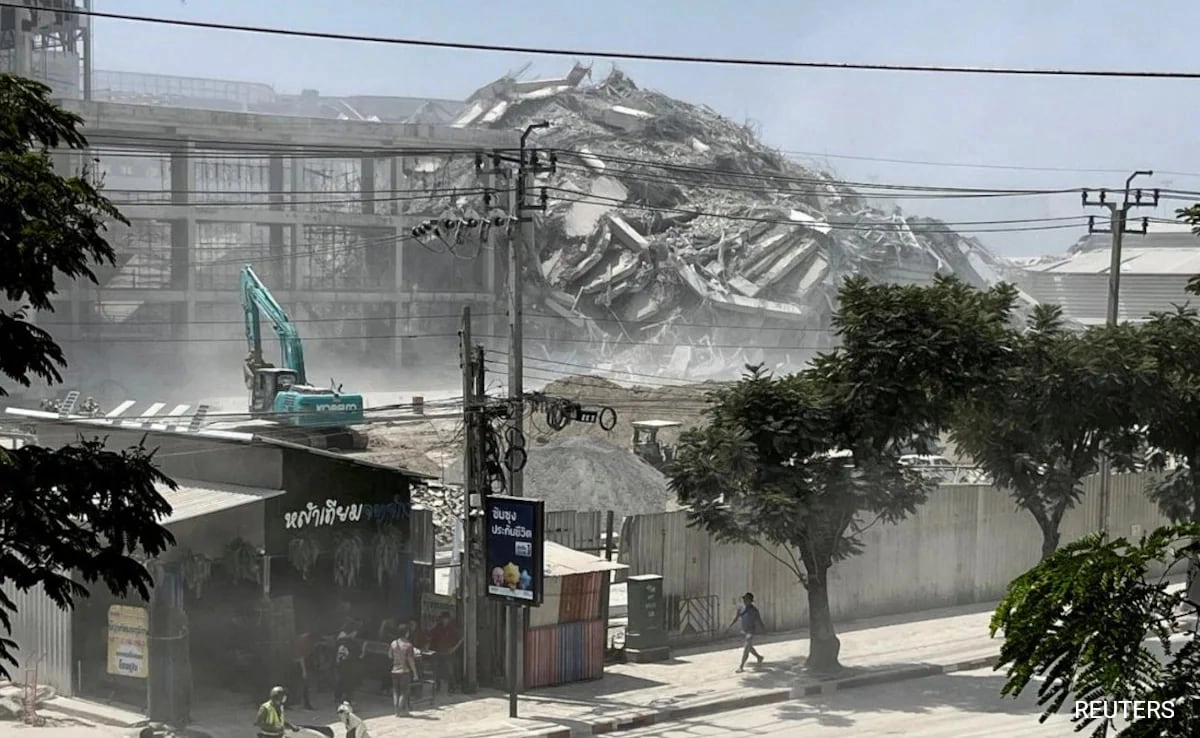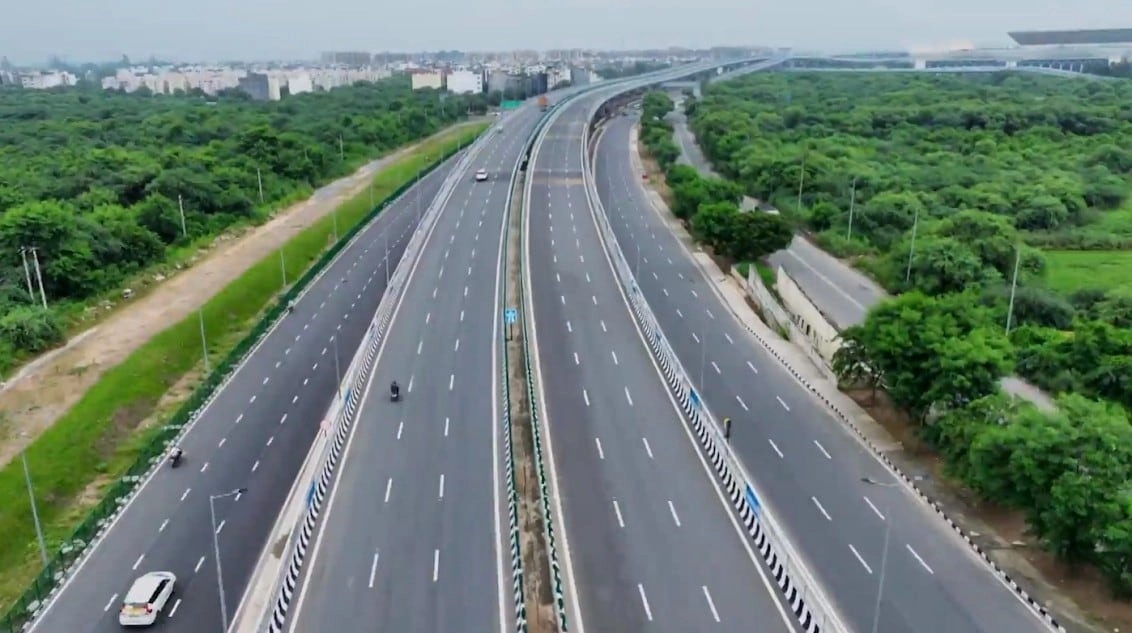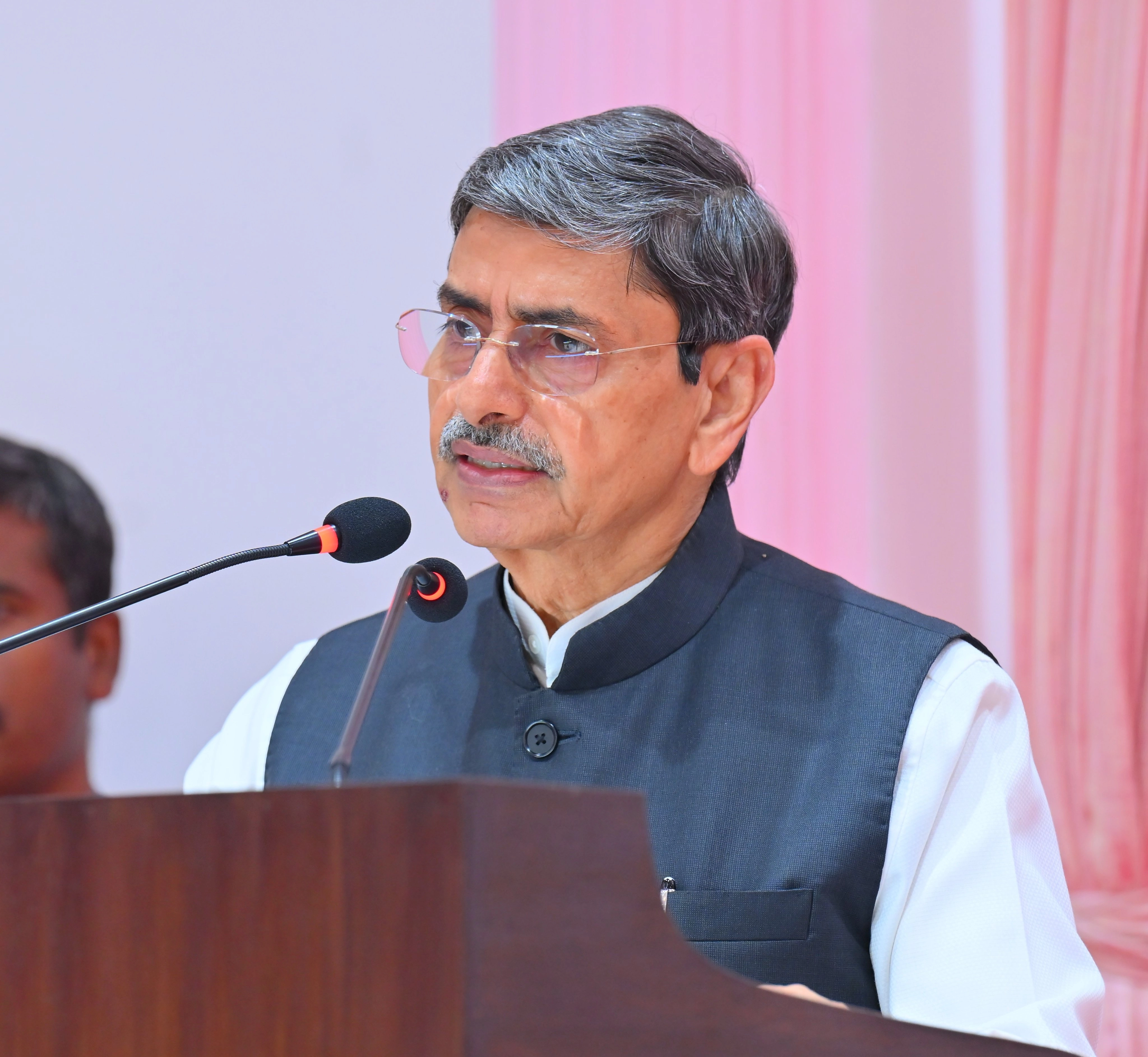In response to the recent earthquake in Myanmar, India has expedited its humanitarian assistance efforts by dispatching 15 tonnes of relief materials. This initiative underscores the strong ties between the two countries, especially during times of crisis. The earthquake has not only caused significant destruction but also left countless individuals in need of urgent support. The relief materials being sent from India include essential supplies such as food, medical aid, and shelter materials, all of which are critical for the affected populations.
The decision to provide aid comes in the wake of reports detailing the extent of the devastation caused by the earthquake. Many communities have been left without basic necessities, and the infrastructure has suffered severe damage, complicating rescue and recovery operations. India’s prompt response reflects its commitment to humanitarian assistance and its proactive approach to regional stability. By sending these supplies, India aims to alleviate the suffering of those impacted and promote solidarity in the face of natural disasters.
Furthermore, this act of support exemplifies the broader cooperation between India and Myanmar. The two nations have historically shared a close relationship, collaborating on various fronts, including economic, cultural, and security issues. The Indian government’s decision to assist highlights not just a bilateral relationship but also a regional responsibility to support neighboring countries in times of need. As the situation in Myanmar continues to evolve, further assistance may be required, and India’s initial response sets a precedent for ongoing support and collaboration in disaster management.
As the relief efforts unfold, it is crucial for the international community to remain engaged and provide additional support where necessary. The earthquake’s impact is far-reaching, affecting not only immediate needs but also long-term recovery and rebuilding efforts. The commitment from India is a vital step, but it is likely that more resources will be needed to fully address the challenges faced by the affected regions. Continued monitoring of the situation will be essential, ensuring that aid reaches those in need effectively and efficiently.




